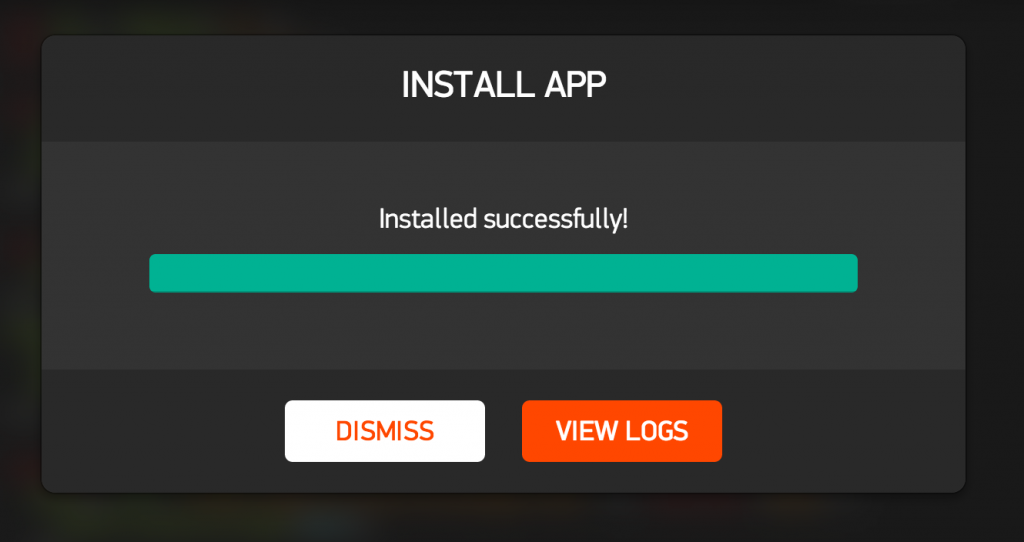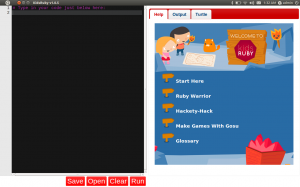At my current job, we use mongodb as our main database and as you can imagine we query our database a lot. The followings are what I found while investigating some slow performance. Hopefully it will prevent you from making the same mistake or pinpoint the source of problem quickly. We are using Rails 4 with Mongoid.
1. Don’t use regular expression with
in queries.
One of the offending query looked pretty innocent. Customer is embedded document with email attribute and email field is indexed.
def self.with_email(email)
self.where("customer.email" => /\Aemail\z/i).count
end
When I ran
where the method was repeated 100 times, it returned the following result.
user system total real
0.090000 0.010000 0.100000 ( 27.656723)
Compare that with when you call the same without regexp.
def self.with_email(email)
self.where("customer.email" => email).count
end
Performance result is day and night.
user system total real
0.080000 0.000000 0.080000 ( 0.122888)
So, why the difference? I couldn’t quite figure it out myself. I knew that Mongodb uses B-Tree for index and index for email was already created. What about the regular expression was making it slow? I thought perhaps the anchor tags (
and
) were causing it, but that wasn’t it. I tried using substring of email and anchoring the beginning of email string (using
), but that didn’t yield difference either.
I finally turned to Stack Overflow for assistance, and within a few minutes, someone provided exact answer I was looking for. They key to the answer was in output of
method.
Look at the
and
in the output of explain method for the first method. It scanned all index because the upper and lower bounds are not defined (
and
).
{
"cursor" => "BtreeCursor customer.email_1",
"isMultiKey" => false,
"n" => 781,
"nscannedObjects" => 781,
"nscanned" => 500000,
"nscannedObjectsAllPlans" => 781,
"nscannedAllPlans" => 500000,
"scanAndOrder" => false,
"indexOnly" => false,
"nYields" => 1397,
"nChunkSkips" => 0,
"millis" => 406,
"indexBounds" => {
"customer.email" => [
[0] [
[0] "",
[1] {}
],
[1] [
[0] /test/i,
[1] /test/i
]
]
}
}
Compare that to the output of explain method for the second method. Exactly the same upper and lower bounds, and it only scanned extremely small number of objects. This explains the big performance difference between the two methods.
{
"cursor" => "BtreeCursor customer.email_1",
"isMultiKey" => false,
"n" => 230,
"nscannedObjects" => 230,
"nscanned" => 230,
"nscannedObjectsAllPlans" => 230,
"nscannedAllPlans" => 230,
"scanAndOrder" => false,
"indexOnly" => false,
"nYields" => 1,
"nChunkSkips" => 0,
"millis" => 0,
"indexBounds" => {
"customer.email" => [
[0] [
[0] "test@email.com",
[1] "test@email.com"
]
]
}
}
2. Don’t convert collection to array
Another slow performance was due to the following line of code. ProductA collection had about 20 documents and ProductB collection had about 2 documents. Another seemingly innocent code, but why?
products = ProductA.all + ProductB.all
Back to measuring performance with Benchmark (this time I just did it with Benchmark.bm).
Benchmark.bm do |x|
x.report {n.times {|n| products = ProductA.all + ProductB.all}}
end
user system total real
99.810000 2.630000 102.440000 (114.282440)
Let’s confirm the performance of retrieval.
Benchmark.bm do |x|
x.report {n.times {|n| ProductA.all.count}}
end
user system total real
0.430000 0.000000 0.430000 ( 0.437339)
Benchmark.bm do |x|
x.report {n.times {|n| ProductB.all.count}}
end
user system total real
0.440000 0.000000 0.440000 ( 0.456449)
That’s pretty reasonable performance. So, it must be something in the addition of two collections. When you add two collections using Mongoid, it returns an array, so it might be something related to converting to an array. Let’s check the performance on that.
Benchmark.bm do |x|
x.report {n.times {|n| ProductA.all.to_a}}
end
user system total real
110.070000 1.640000 111.710000 (117.081572)
Ah-ha! Looks like we found the problem. Converting to an array is quite slow. In order to use single collection, without converting to an array, I created a parent class – ProductParent, and ProductA and ProductB would inherit from that class. In such way, one collection is used and subclasses are distinguished by just
field. Actually, it should have been parent/subclass structure since ProductA and ProductB are kinds of a Product, and both share many of the same attributes.
After the re-arrangement, the following is the performance.
Benchmark.bm do |x|
x.report {n.times {|n| ProductParent.all.count}}
end
user system total real
0.480000 0.010000 0.490000 ( 0.490489)
What a difference it made!
Finding these two performance gotchas have been a fun journey, and I hope they are useful to you. Do you have any gotchas you have found? Let me know, and I will post a link here!











